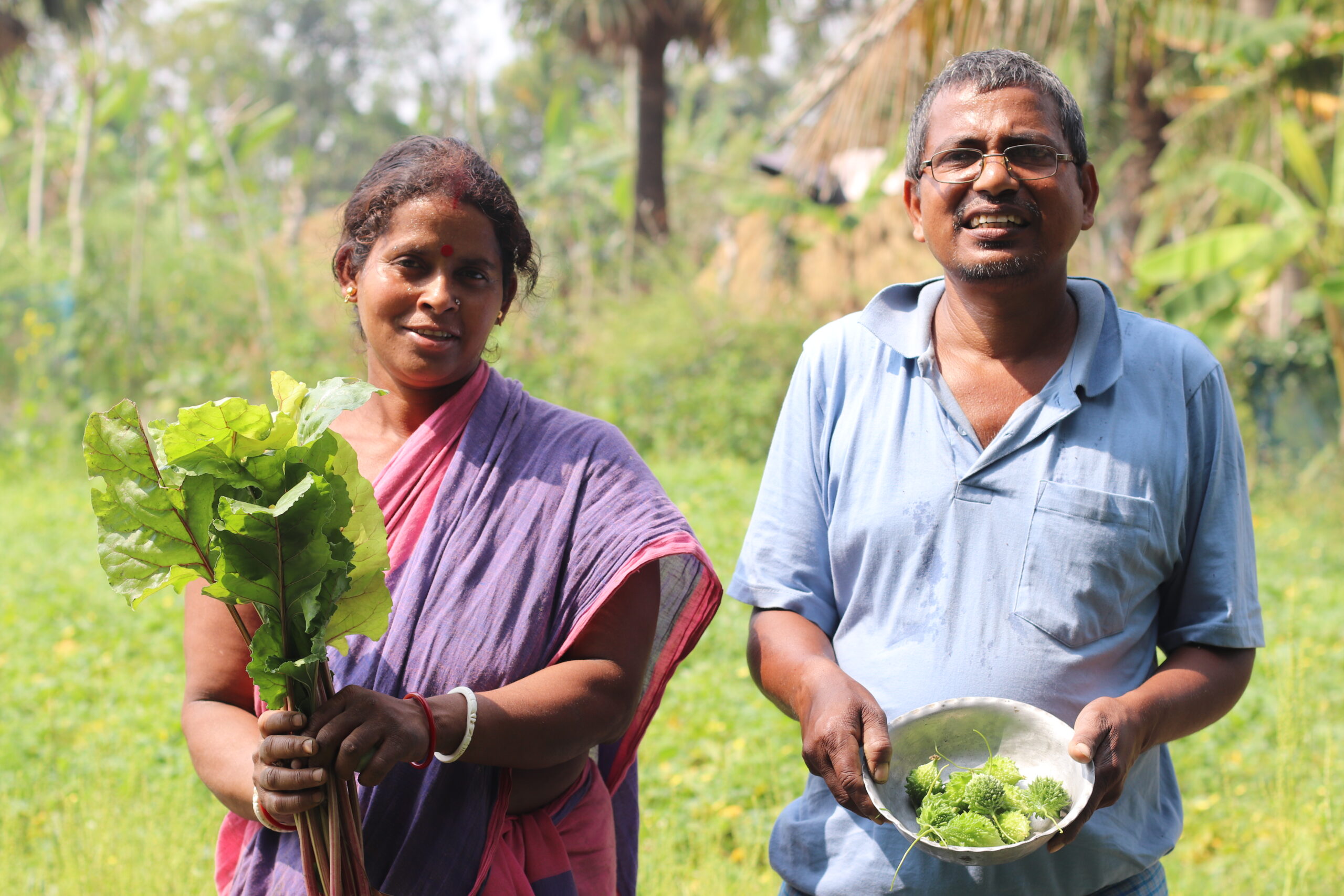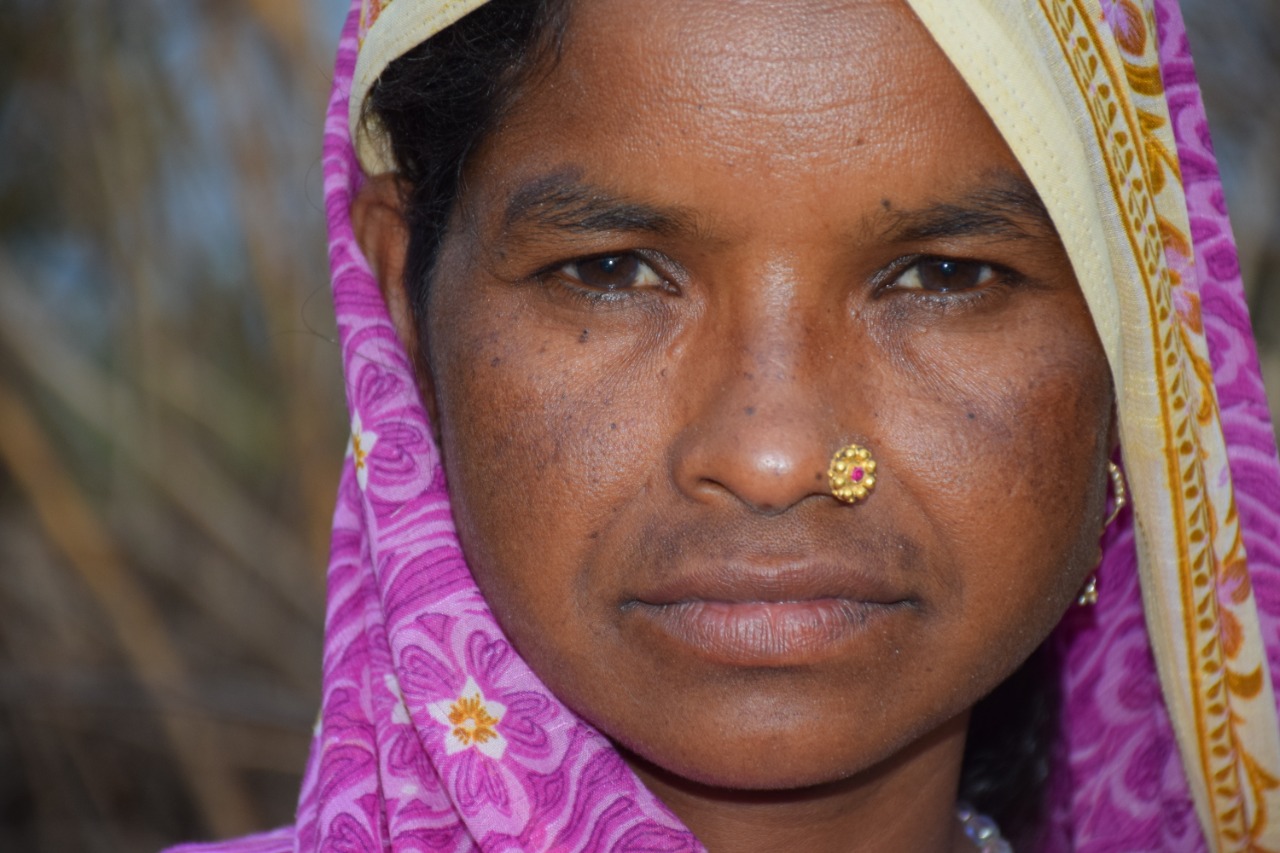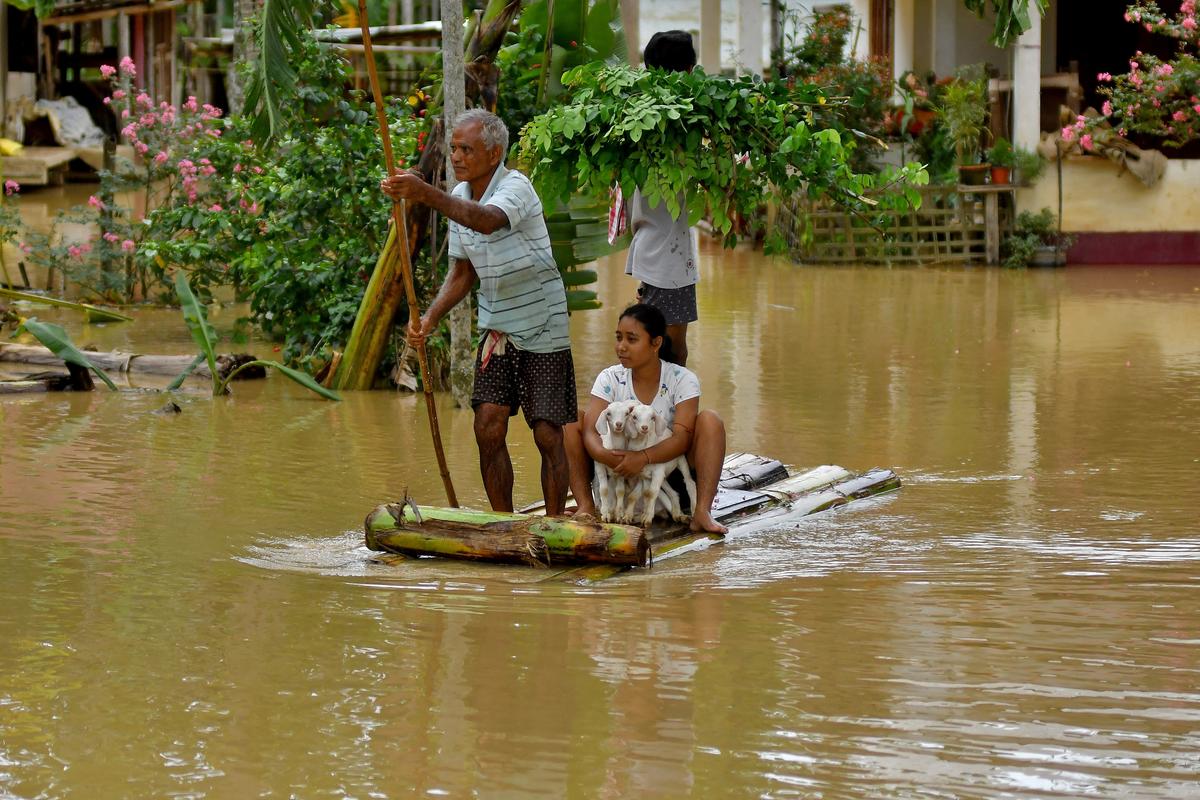CASA BLOGS

Providing Food Security and Nutrition To The Weaker Sections
In recent years India has reported a strong growth in economy but is still struggling to handle the problem of Malnutrition and food insecurity. Sustaining growth and nutrition requires tons of effort and proper human development. Only continuous growth in the economy will not be able to provide food security to the nation. Out of 187 nations India ranks 136 on the Human Development Index according to UNDP reports.
This nutrition week as we highlight both the national and international levels, the importance of nutrition as a development indicator is becoming more widely acknowledged. The population’s nutritional status is regarded as a valuable resource and a requirement for national development. But the coronavirus pandemic has altered our lives forever. Food security for a million people has been seriously compromised as many lay out of jobs and businesses making a huge impact on the economy too. This has actually led to rise in malnutrition among children and created a general threat towards the achievement of the food security goals.
CASA is working in three parallels to provide a minimal level of food security through the FSCM project. Identification of target populations, particularly those from underprivileged communities, is used. To increase opportunities, agricultural land and water resources have been enhanced.
Coordination for Betterment
During this nutrition week as we celebrate a world of flavours we also need to highlight the positive aspects and challenges faced by the vulnerable communities during the lockdown. Since the past two years it may come as a surprise to many but was a real challenge faced by them in India. But, due to the swift measures taken by GOI and implemented by CASA ensured that everything was running perfectly. This was done to ensure that all crucial components of the services are properly managed and that no crucial issue is overlooked for quick government action.
In a nation like India, the nonprofit sector serves as a link between the government and the populace. Even in the most remote and outlying locations, where the government is unable to reach, it determines the requirements of the community and offers its support and services.
NGOs have continually played a key role in food distribution, including identification of focus groups with urgent needs, observation of the groups’ health state, identification of the weakest households within the groups, estimation of the impact of food distribution, and provision of the food. They have been at the forefront of supporting efforts to ensure that massive food aid (such as US food surpluses) doesn’t undermine local economic sectors and consequently eliminate the livelihoods of local farmers.
Towards Recreating Food Security- In The Post-COVID-19 Period India
This nutrition week, if you take a look at the global map, the Comprehensive National Nutrition Survey reports one-third of Indian children as underweight and stunted and post COVID situations would have only worsened if groups like CASA weren’t quick to respond. India is vulnerable to many threats and challenges like climate related issues and frequent extreme situations create a serious threat to Indian food security scenario. Below are the best tips to alleviate this situation in the best possible way.
1. Broadening the scope of social safety nets – In the beginning, given that the government is investing a significant amount of money, efforts must be made to include the great majority of vulnerable individuals who are now excluded from food-based social safety-nets in the food system throughout all states. Given the dramatic increase in the labour force, provisions might be made to implement a food-for-assets programme that encourages afforestation or a community infrastructure programme. This nationwide initiative of “One Nation, One Card” is a fantastic step in the right direction, and nothing should prevent its rapid universalization.
2. Diversification of the social safety net and food habits – Next, in order to ensure that all essential nutrient needs are met in light of the limited access to nourishing food, the food basket needs to be expanded. Better nutritional outcomes should be encouraged by strategies like nutri-gardens and kitchen gardens, micronutrient supplementation and fortification, combined with direct cash distribution.
3. Collaboration with civil socities and a monitoring system for food and nutrition security – Furthermore, there is the possibility for the formation of new hotspots for food and nutrition security due to the mobility of migratory workers, loss of pay, and livelihood at diverse sites. Continued involvement by CASA can help close gaps and support government initiatives.
4. Amalgamation of three food-based safety nets tracking systems under NFSA – Moreover, it will be advantageous to examine all three food-based treatments jointly and combine beneficiary data to encourage complementarity and further increase their effectiveness and impact.
5. Providing continuous support to agriculture and associated sectors – Lastly, in order to ensure that the agricultural production continues to operate without interruption and long-term food security is maintained, it is critical to regularly monitor new issues related to the availability of farm supplies such as labour, agricultural inputs, machinery, and finance.
This nutrition week, India’s post-COVID-19 era of food security would have a variety of effects on the country’s economy. Therefore, improving the same today through planned and timely actions will determine how India performs in the future and will require ongoing attention.
 Previous Blog Post ORGANIC FARMING – THE KEY TO A SUSTAINABLE FUTURE
Previous Blog Post ORGANIC FARMING – THE KEY TO A SUSTAINABLE FUTUREFeatured Post

Mental Health Awareness in India: Addressing Key Challenges
8 Nov 2024
Mental health awareness is crucial in India, where millions silently struggle with mental health disorders, including depression, anxiety, and bipolar disorder. Despite growing recognition, India faces unique challenges in effectively addressing mental health issues. The stigma associated with mental illness remains a primary barrier. In Indian society, mental health issues are often misunderstood, leading to […]

Ensuring Girls’ Safety in India: A Path Toward Empowerment
20 Aug 2024
Girls’ safety in India remains a critical issue that has garnered increasing attention over the years. Despite various reforms and efforts from both government and civil society, challenges persist. From street harassment to domestic violence, gender-based discrimination continues to limit the freedom and safety of girls. While significant progress has been made in addressing these […]

The Connection Between Monsoons and Floods in India: An In-Depth Analysis
9 Jul 2024
India, a land of diverse climates and geographical features, relies heavily on the monsoon season for its agricultural and water resources. However, with the benefits of the monsoon rains come significant challenges, particularly in the form of floods. This blog explores the intricate relationship between the monsoon season and flooding in India, providing detailed insights […]



